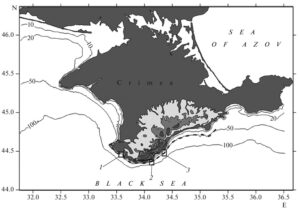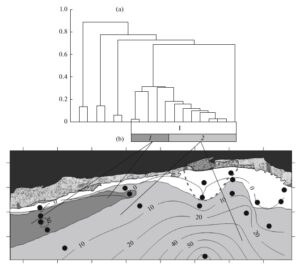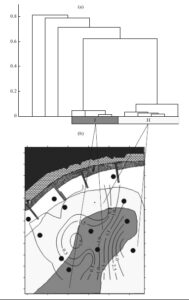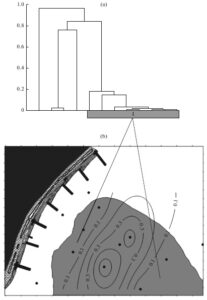Inland Water Biology, Vol. 16, No. 4, pp. 681–689.
© Pleiades Publishing, Ltd., 2023
The Alien Mollusk Anadara kagoshimensis in the Structure of Benthic Communities on the Crimean Shelf.
Shalovenkov N.
The Centre for Ecological Studies, shaloven@rambler.ru
Over the past fifteen years, the frequency of occurrence of the alien mollusk Anadara kagoshimensis (Tokunaga, 19 06) increased from 5 to 17–23% in the zoobenthos of the southern coast of the Crimean shelf.

At the same time, the proportion of the alien mollusk was not significant and varied from 0.73 to 23.29% of the biomass and from 0.19 to 2.20% of the abundance of the macrozoobenthos in the benthic communities.

The mollusc A . kagoshimensis has been registered in the three communities: Chamelea gallina, Gouldia minima–Pitar rudis and Gouldia minima. The mollusc Anadara has not formed an independent community here. Influence of this alien species on bottom communities of the Crimean Coast was not such considerable as on bottom communities in northwest or in east parts of Black Sea Shelf.


The structure of benthic communities had no significant changes on the shelf of the Southern Coast of the Crimea, compared with 70–80 of the last century. The first registration and the settlement of the mollusc-invader on the Crimea Shelf coincides with salinity decrease and temperature rise of coastal waters which are observed during last decade.
